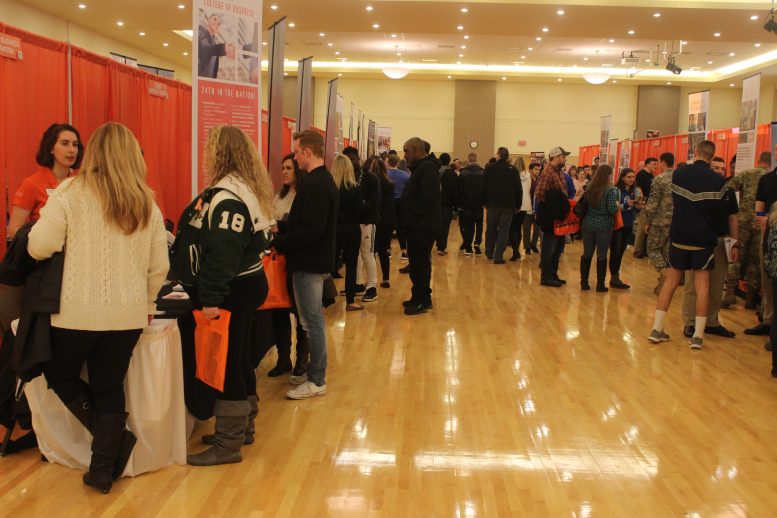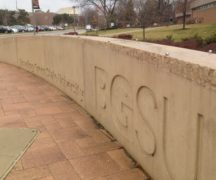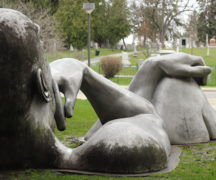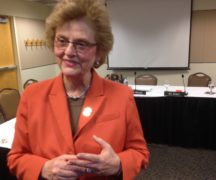By DAVID DUPONT
BG Independent News
The incoming freshman class at Bowling Green State University will pay 5.9 percent more in tuition and fees than students are now.
The trustees approved the increase as part of the Falcon Tuition Guarantee through which students are guaranteed that their costs for going to BGSU will not change over four years, except for some program specific fees.
The incoming students will pay $5,610 a year, in tuition and fees. The out-of-state surcharge for undergraduate and graduate students is also increasing 6 percent, or $452 a year. An out-of-state student will pay $9,604.
This is the first time since 2013 that tuition has increased.
Sherideen Stoll, the Chief Financial Officer, said the increase in tuition will boost university income by $2.2 million annually. The increase in the out-of-state surcharge will generate an additional $900,000. The out-of-state surcharge for graduate students will bring in $275,000 in more revenue.
Stoll said even with these tuition increases “our relative total cost position has not changed” among other state universities. BGSU is the fifth least expensive.
The tuition guarantee increases do not apply to distance learning students nor those enrolled on the Firelands campus.
Interim Provost John Fischer reported earlier in the meeting that at this point the university is looking at an incoming class of 3,700 students.
Thomas Gibson, vice president of student affairs and vice provost, reported that the university has started “to move the needle” on retention. The goal is to retain 80 percent of students from their first to their second year. As it stands the retention number is 79.87 percent. That’s five students short of hitting 80 percent, he said.
He cautioned that there are several key events that result in “summer melt.”
One is when grades come out. The university, he said, has been reaching out to students on academic probation, to assure them their performance can be turned around and there are programs on campus to help them.
Another critical point is when they have to start paying to return. The university is also trying to help those who are struggling financially.
Gibson noted that commuters and students of color both lag behind their peers in retention. The university is finding ways to reach out to those students.
“We’ll keep working at it,” Fischer said of the retention rate. “We’re not happy or safe yet.” He would like to push for 82 percent. “We’re not done. Stay tuned.”





